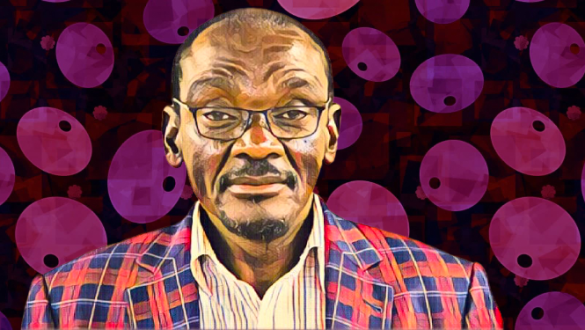KEY POINTS
-
Vice President Mohadi revisited Khami Prison, where he and President Mnangagwa were detained during the liberation struggle.
-
Former guerrilla commander John Maluzo Ndlovu described the inhumane treatment endured under colonial rule and praised Mohadi’s resistance.
-
Mnangagwa’s former cell has been preserved as a museum exhibit, and Khami’s solitary confinement wing may be declared a national heritage site.
Vice President Kembo Mohadi on Friday visited Khami Prison on the outskirts of Bulawayo, retracing a painful chapter of Zimbabwe’s liberation struggle where he and President Emmerson Mnangagwa were once detained.
The visit forms part of the country’s commemorations ahead of Heroes Day, a time to honour those who fought and sacrificed for independence.
Accompanied by Ministers of State for Provincial Affairs and Devolution, Judith Ncube (Bulawayo) and Richard Moyo (Matabeleland North), VP Mohadi met with former inmates and addressed current prisoners, reflecting on his incarceration and the broader history of resistance.
“I was held in Cell 28 and later moved to Cell 61,” the Vice President said. “President Mnangagwa was in Cell 44. It was in these cells that we endured inhuman conditions yet remained focused on the mission for Zimbabwe’s freedom.”
Cell 44, where Mnangagwa was once confined, has since been preserved as a historical exhibit. The small, dark room—used for solitary confinement—now hosts a mini-museum with memoirs and photos detailing Mnangagwa’s detention. According to prison officials, he was later moved to an even darker cell with no natural light and limited human contact, intended to break his spirit. He was allowed just one hour of sunlight per day.
Liberation-era inmates recall Khami Prison’s brutality and resistance under colonial rule
Former guerrilla commander, Cde John Maluzo Ndlovu, who turned 85 last month, shared grim memories of those days. He was part of the pioneering group of fighters trained in the People’s Republic of China and was later captured while operating in Mashonaland.
“It was a terrible time because we didn’t want to compromise to get our freedom,” Cde Ndlovu said. “We were treated like animals. I remember reading in African Times where we were described as people with tails who didn’t bathe. That propaganda was meant to dehumanise us in the eyes of the public.”
Cde Ndlovu, who served as a Member of Parliament for Nkayi Constituency between 1995 and 2000, said his relationship with Mohadi dated back to their time in prison. “I always called him by his first name because I was his commander during those days. He never broke under torture, and I am proud of that.”
For VP Mohadi, the return to Khami Prison was not only personal but symbolic of Zimbabwe’s enduring resilience. He recalled the covert communication networks that were set up among inmates to stay connected with the external liberation movement in Lusaka, Zambia.
“We came up with what we called a High Command here in prison, which then communicated with Lusaka,” he revealed. “Sympathetic wardens helped us pass messages. I was actually in charge of intelligence here.”
The visit underscores the government’s intention to preserve historical memory and honour the legacies of those who were incarcerated for their political beliefs. Officials say the prison’s decommissioned solitary block will be further developed as an official heritage site under the National Museums and Monuments of Zimbabwe.
Khami Prison, established in the colonial era, was notorious for its harsh conditions. Political detainees were kept in isolation, starved of light and information, and subjected to degrading treatment intended to crush their revolutionary spirit. Despite these attempts, many like Mohadi and Mnangagwa left prison more resolved in their mission.
As Heroes Day nears, VP Mohadi’s return to the very cell that once confined him serves as a reminder of the price paid for sovereignty—and the enduring spirit that carried Zimbabwe to independence in 1980.


